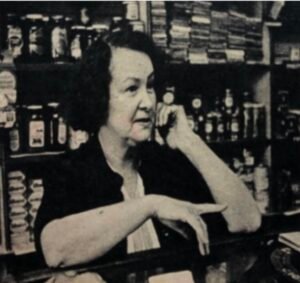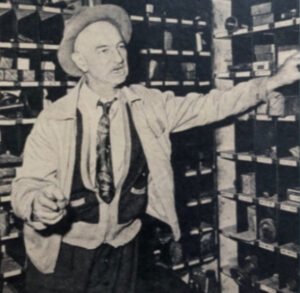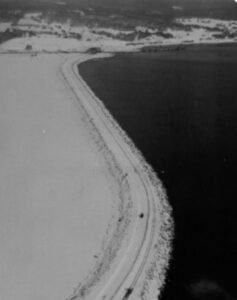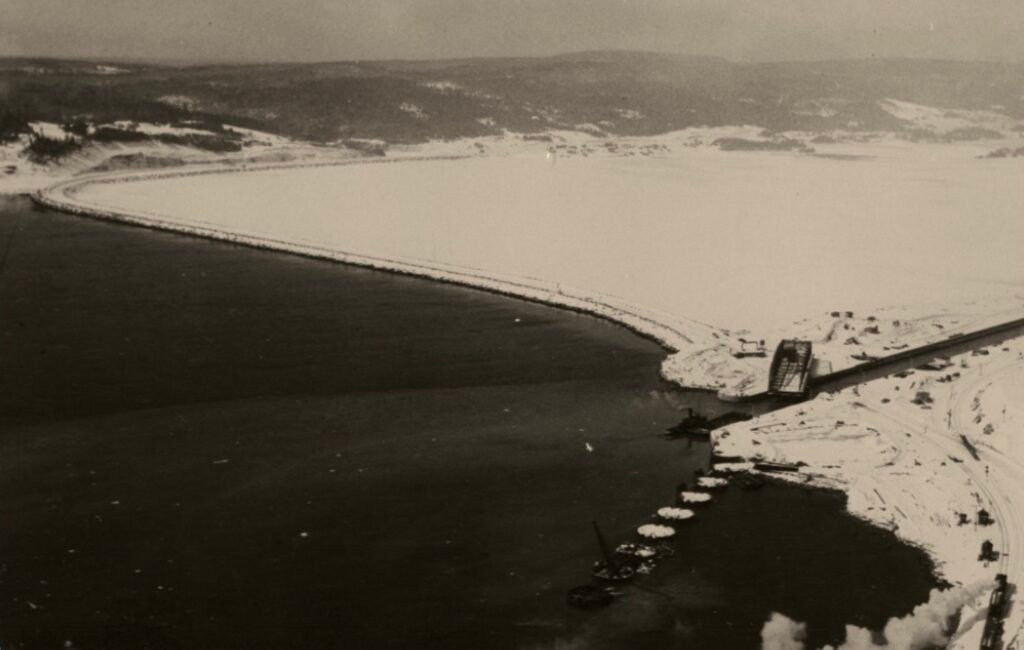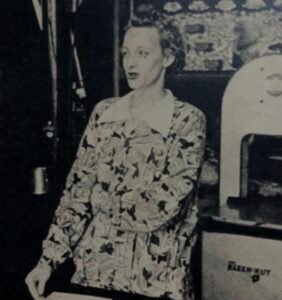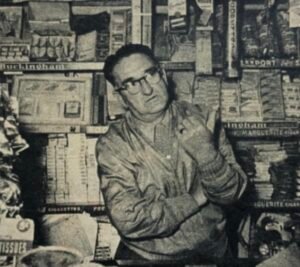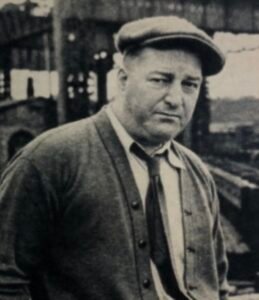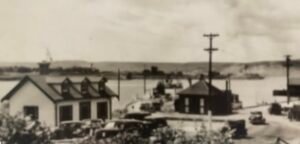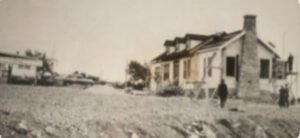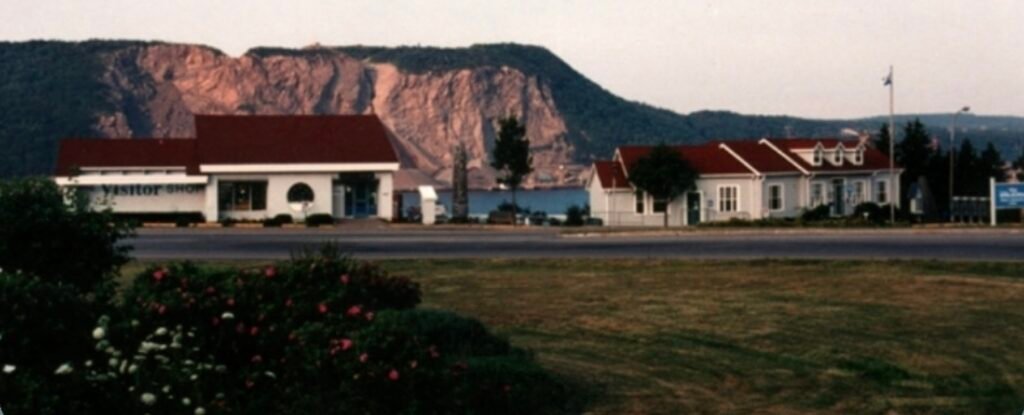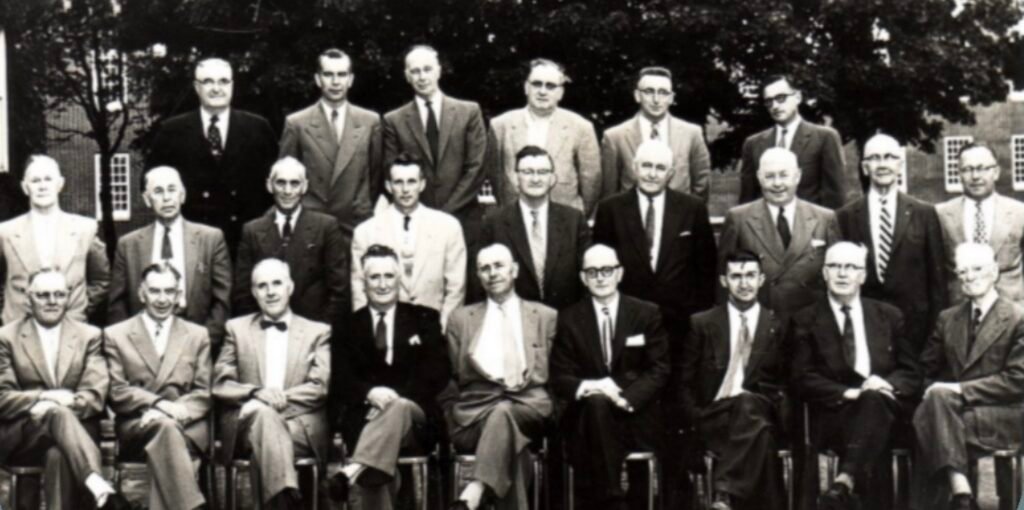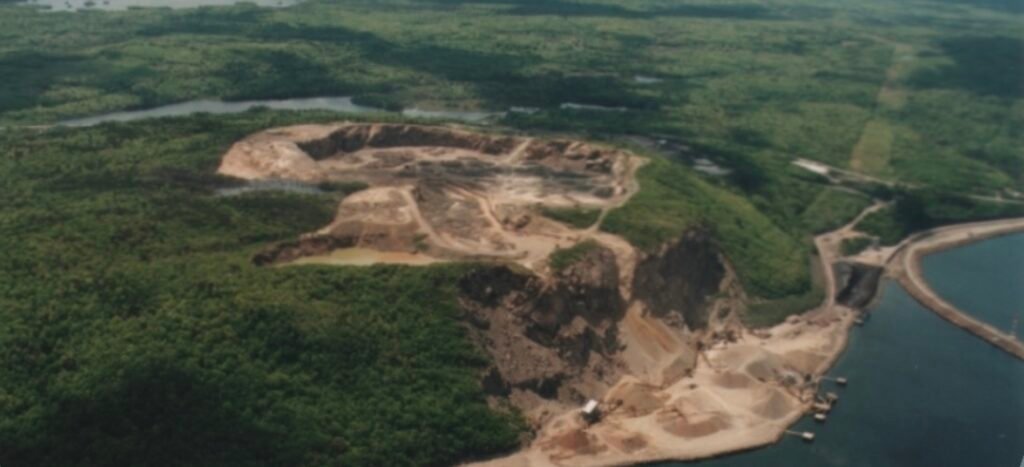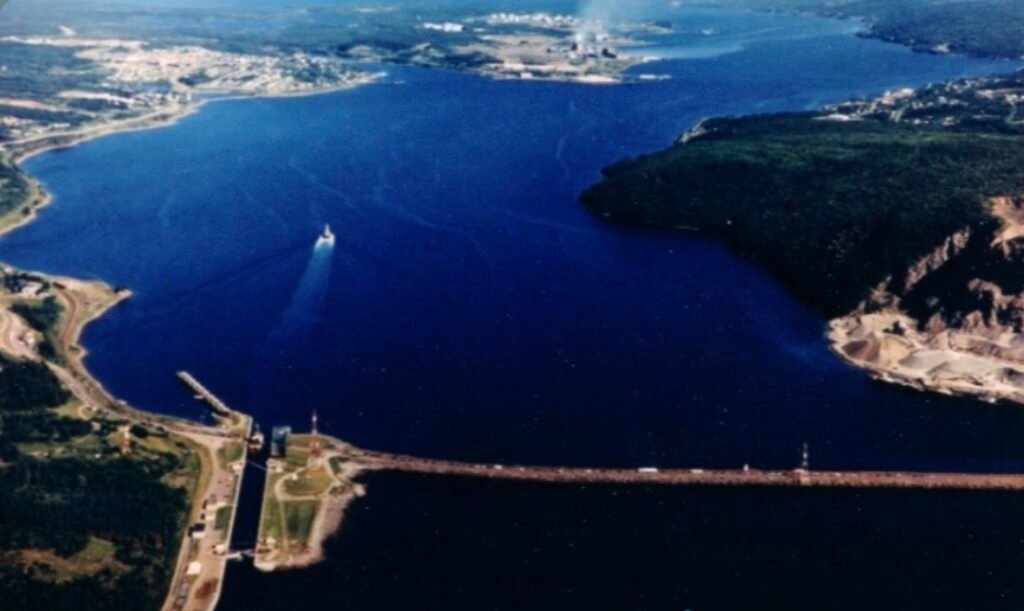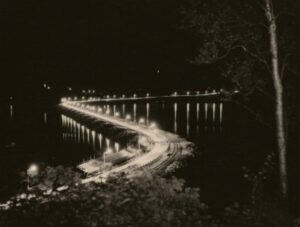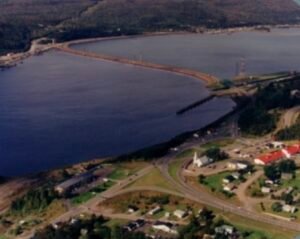Canso Causeway Impact


From Boom to Gloom
The communities of concern when it came to the building of the Canso Causeway were Mulgrave, Point Tupper and Port Hawkesbury. The residents of these towns realized that the beginning of a new era in transportation at the Strait, meant an end to their era of prosperity.
Before the causeway opened, the Town of Mulgrave was an independent town with multiple stores, doctors, motels, restaurants, a bank and a school.
Once the Canso Causeway opened, there was no regular traffic travelling through the Town of Mulgrave and they lost many of their businesses.
Grocery store clerk Nellie Keating of Mulgrave says she plans to move away when the causeway is built.
“If the government doesn’t do anything we’re sunk,” says store owner Hugh McIntrye of Port Hawkesbury, whose family has resided in Mulgrave for six generations.
Ice-Free Port

With completion of the Canso Causeway, drift ice was stopped on the north side of the Strait. This left the south side ice-free during the winter, making it the deepest ice-free port in the world at the time of completion.
This allowed large ships to enter year-round and created an unexpected opportunity for industrialization in the Strait of Canso.
Town leaders and officials realized that the Canso Causeway would give them a safe, deep water, ice-free harbour to expand the economic base for the community.
Canso Causeway Eliminates 450 Jobs
Community members believed they would be hard hit by the completion of the Canso Causeway. Both train and car ferries operated out of these towns and employed a number of people from surrounding communities.
Men working on the Scotia Train Ferry received this notice letter from the Canadian National Railways:
“As a result of the commencement of train service across the Canso Causeway, our Strait of Canso Ferry Service will be discontinued 11:59 p.m., May 14, 1955. I am obliged therefore to notify you that your employment with the Canadian National Railways will terminate at the close of business on the said date. It is regretted that at said time, there is no other work with the railway which can be offered you.”
“We don’t look about it very much,” says Mrs. William Heave who is raising five children. “The children will have to make things in my time.”
Merchant Hugh McIntyre says Port Hawkesbury business will also enjoy success as a new industry is established.
Some Residents Believed in a Brighter Future
Chief Engineer Lachlan Poirier of freight passenger carrier Ulna says Causeway will create a fine harbour.
Port Hawkesbury barber Gordon Walker believes things will work out ok if new oil and forest products possibilities.
The Price of Progress
In 1953, insightful local community leaders and businessmen organized to address the immediate problem that would occur upon completion of the Canso Causeway in 1955. Major job losses would affect residents of the communities on both sides of the Strait.
Elmer Oliver, veteran railwayman who directs operations at Point Tupper, says: “This is going to be a ghost town unless we soon get another industry.”
Port Hastings
Formerly a small peaceful village, Port Hastings suddenly became a focal point in the Trans-Canada Highway, welcoming visitors onto the world famous Cape Breton Island.
There was an increase in tourism traffic and the Visitor Information Centre, which had been at the car ferry dock in Port Hawkesbury, was moved to Port Hastings. It has been expanded over the years but still welcomes thousands of visitors to Cape Breton Island today.

People Looked Ahead and Worked Together
As the causeway neared completion, the ferry based economy of the area faced disaster. People of the surrounding communities realized the need for determined effort to provide alternative employment.
In 1953, Leonard O’Neil, Mayor of Mulgrave, gathered together businessmen and politicians from Antigonish, Guysborough, Inverness, and Richmond Counties to form the Strait Area Industrial Development Association.
They worked primarily to establish a pulp mill, an industry logically related to the region’s resources. Later their efforts were greeted with being of crucial importance to the development of the Strait Area.
Aulds Cove
Jobs were created at the toll booths located on the Aulds Cove side of the Canso Causeway upon its opening in 1955.
Many Aulds Cove residents worked with the various companies involved in the construction of the Canso Causeway and some stayed on as company employees even after it was completed in 1955.
Once the Canso Causeway became a reality, a number of new businesses opened in Aulds Cove to provide services to travellers.
By 1978, quarrying began again at Cape Porcupine and continues to the present day. Rock is loaded onto bulk carriers and barges then shipped as far south as Ascension Island which is 1,400 miles off the coast of Brazil.
LINK TO FACEBOOK VIDEO:
